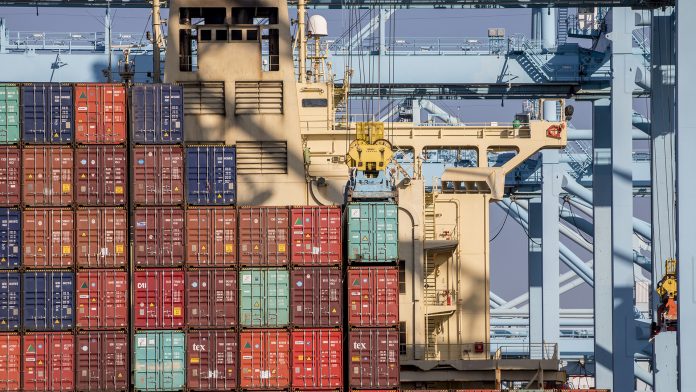Retail sales figures in the United States showed no signs of abating as the National Retail Federation (NRF) reported increases in retail generally and substantial increases in the proportion of goods sold online.
[s2If is_user_logged_in()]In a trend that has accelerated markedly during the Covid-19 pandemic, online retail sales increased 22.1% in January compared to the same month last year and were up 11% compared to December 2020. The NRF figures exclude automobile dealers, petrol stations and restaurants to focus on the core retail figures.
Jon Monroe, from Worldwide Logistics, commented, “The NRF is forecasting record imports through June. Importers have low inventories and are on a replenishment drive. Most importers are buying early in order to account for delays to meet seasonal demands.”
Monroe added that even with the prevailing uncertainty, a number of industry analysts believe that imports will increase between 6-9%. “Add to this the upcoming stimulus and this could easily take volumes into and through peak season,” he said.
As the US buying spree continues, the situation at Los Angeles and Long Beach persists with up to 40 vessels waiting to berth and around eight-to-nine-week delays in cargo delivery times.
“Most carriers are coming to grips with the reality that Los Angeles and Long Beach ports will not clear up anytime soon. Alternate ports are being initiated on new vessel strings. A number of carriers are pulling strings and moving north along the west coast to Oakland and Seattle or Tacoma, or both,” said Monroe, who recommends taking a look at Charleston as a possible alternative to the Southern Californian logjam.
In its report this week Sea-Intelligence discusses North American trade volumes in 2020, showing how imports crashed and then fully recovered in rapid succession.
“What is interesting, however,” writes Sea-Intelligence CEO Alan Murphy, “is that despite the recovery, laden exports still contracted by -5.1% year-on-year in the second half, while total empty container volumes grew by 14.5%. Expanding further, we found that empty exports grew by a staggering 32.9% in 2020-Q4, which is by far the highest in the 2014-2020 period. All the while, laden exports contracted by -2.8% in 2020-Q4, which is only the second year-on-year contraction in 2016-2020.”
[/s2If]
[s2If !is_user_logged_in()]Please login or register to read the rest of the story[/s2If]
Nick Savvides
Managing Editor







